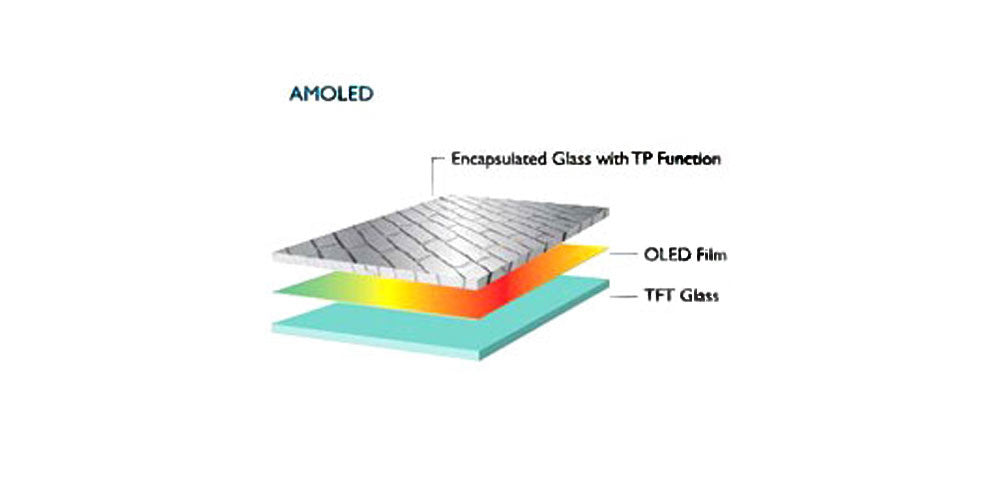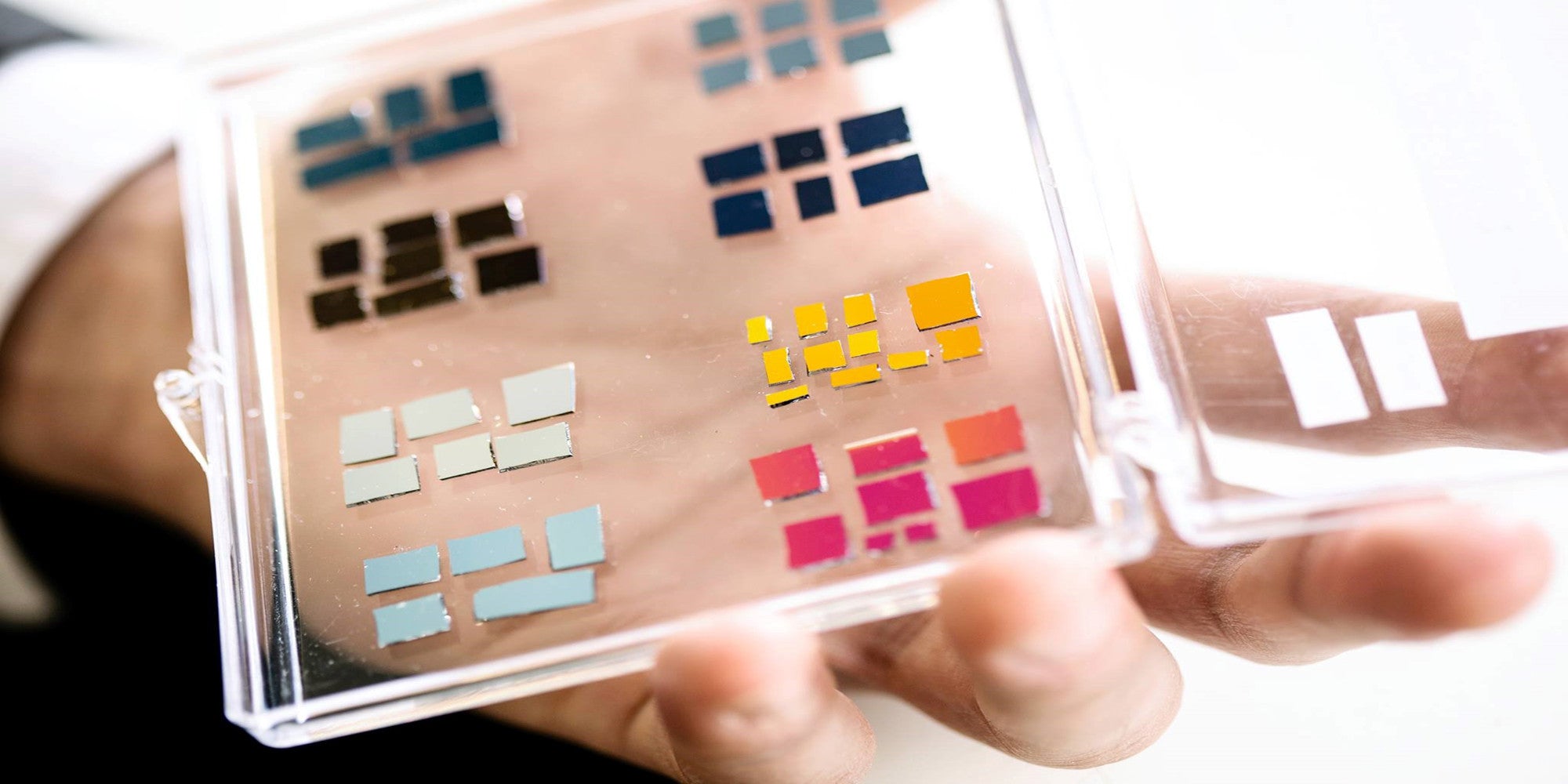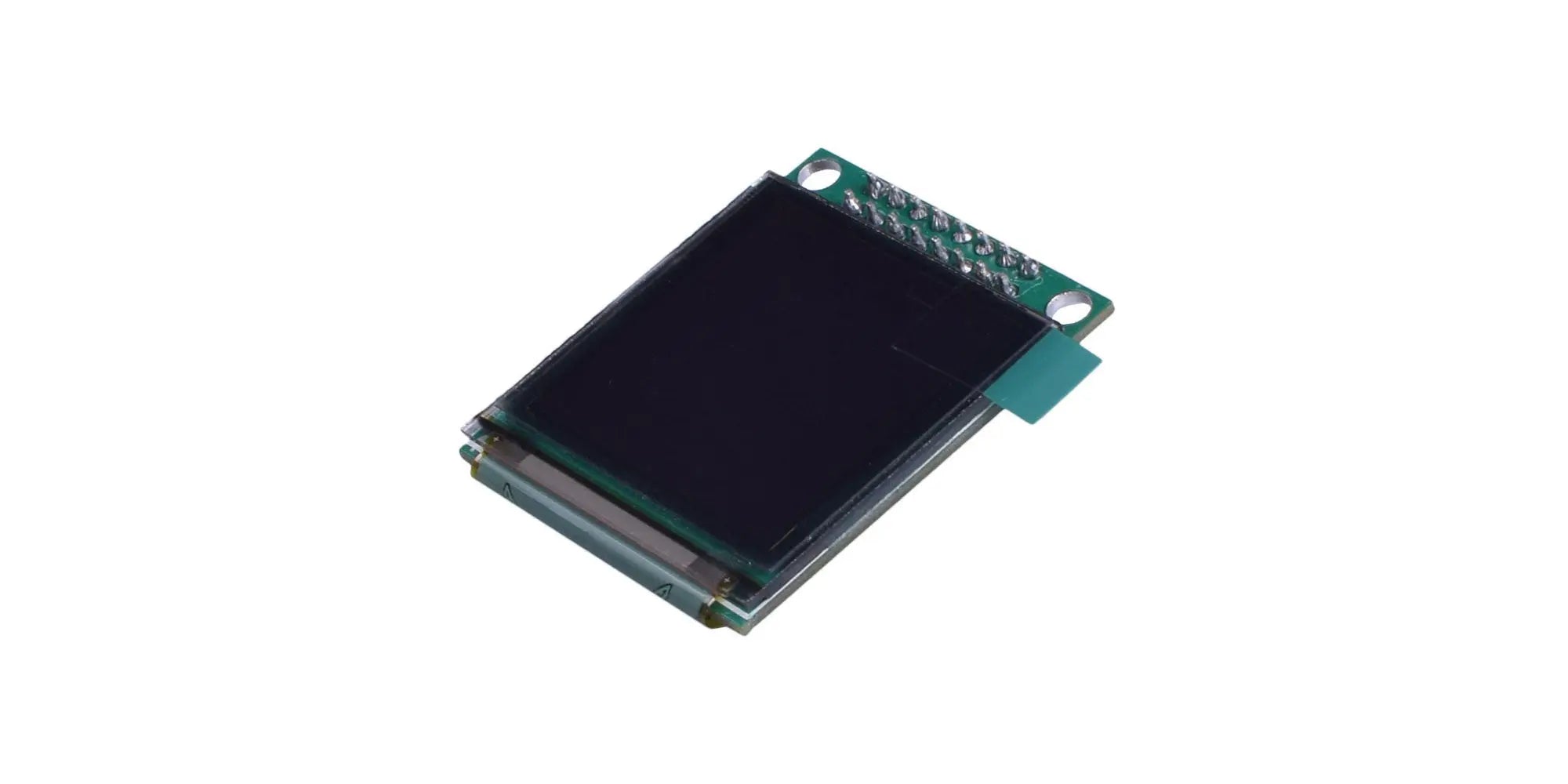OLED - Organic Light-Emitting Diode
OLED is a light-emitting diode in which the emissive electroluminescent layer is a film of organic compound which emits light in response to an electric current.

Thus it is a brighter, higher contrast display that has faster response times, wider viewing angles, and consumes less power than conventional VFD, LED or Liquid Crystal Displays.
Main Features
Fast response time: 10μsecWide viewing angle: Up to 160° or more
Self-illuminated/no backlight necessary
Low power consumption
High brightness/full color has 256-step brightness
High contrast ratio: 2000:1 (Slims are 10,000:1)
Wide operating temperatures
Serial or Parallel MPU interface
Slims offer SPI, I2C and Parallel interface
Built-in controller
Full color OLEDs have built-in sleep mode
RoHS Compliant
Read more

Recently, with the launch of iWatch and Samsung’s new product, AMOLED receives great attentions.

Phase change displays could dramatically increase mobile phone battery life and Bodle Technologies has picked up ‘significant’ seed capital to develop them.



Leave a comment
This site is protected by hCaptcha and the hCaptcha Privacy Policy and Terms of Service apply.